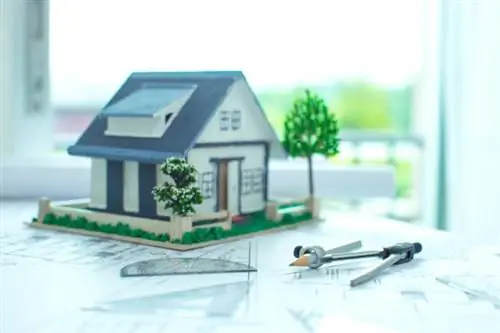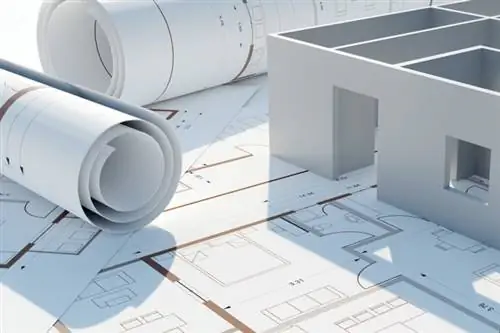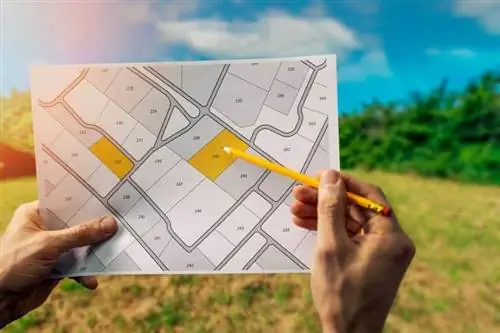When looking for a cost-effective property, the term building prospect land is often mentioned. Many interested parties can't really imagine anything about it. We will explain to you what building expectation land is and how it differs from classic building land.
Definition
The term building expectation land describes a special area of land within the community. These are plots of land that are offered for future development without a set date of use. They are based on the land use plans used within the community. According to Section 5 Paragraph II of the Real Estate Valuation Ordinance (ImmoWertV), development on these properties is very likely to be expected in the future. The timing is determined exclusively by the community. For this reason, the property costs are often significantly lower than for comparable locations. Nevertheless, many interested parties decide against building land because there is no guarantee as to whether development will be possible in two or twelve years.

Note:
Land that has already been planned for development but not yet directly developed is classified as unfinished land. They offer a significantly shorter waiting time for development than building waiting properties, but cost more.
Building expected land
In order to be able to use expected building land, it must first be upgraded to building land by the municipality. This depends on various factors. The decisive factor here is the municipality's decision to release the relevant property as building land. Depending on the location and development plan of the community, the waiting time can be several years or even decades. You have no influence on this, even if you are the buyer of the property. It is also important that the area is officially declared a district so that it can be used in accordance with the land use plans. If the property has been expanded, the last step is missing: development. The following points usually have to be met:
- Water
- Wastewater
- Electricity
- Telephone and internet connection
- possible gas pipes
Possible construction projects
Before building land can be used properly, you must be clear about what building projects are actually possible. As already explained, the relevant property must first be registered as building land by the municipality. You are not allowed to build anything beforehand. As soon as the property can be built on, it is suitable for typical building projects:
- Single or multi-family house
- Log houses
- City Villas
- company building
- Garden house from a certain size (usually 24 m²)
- Holiday homes

This is just a small selection of construction projects that you can plan for future construction land. There are also building projects that are not suitable for these properties. These primarily include allotment gardens, as well as areas that do not have a building and are designed for a natural environment. Since this type of planning often does not correspond to the municipal land use plans, it is not suitable for these construction projects. Other examples include:
- private fishing ponds
- Natural pools
- Plots for observing animals
- Forestry and agricultural projects
Note:
Building expectation land can no longer be used for agricultural and forestry purposes unless the municipality subsequently changes the property type. In this case, it is then arable land that can no longer be used as building land.
Frequently asked questions
Who will cover the development costs for the area?
The development costs are usually borne by the municipality and the buyer of the area. The municipality must cover at least ten percent of the costs, although this figure may be higher depending on local regulations.
Is there an annual property tax on the building land?
Yes. It doesn't matter whether the property can be built on in one or five years. Property tax is due annually. Since the expected building land is not agricultural or forestry land, you must expect the assessment rate B. This has an upper limit of up to 1,050 percent. The exact percentage is determined independently by each municipality.
Why is construction financing often difficult to obtain for such land?
This is due to the waiting time until the property is ready for development. Until the building land is upgraded to a buildable property, it represents a risk for many banks and financiers. For this reason, in most cases you will have to invest equity capital if you have your eye on a specific property.






